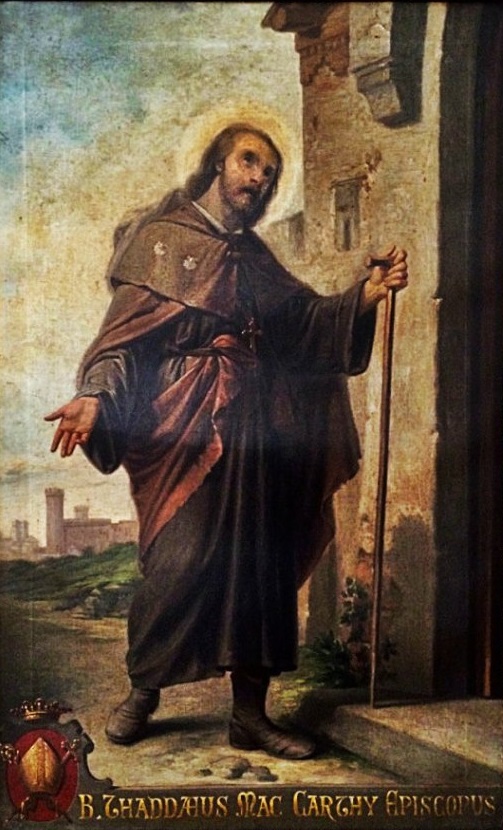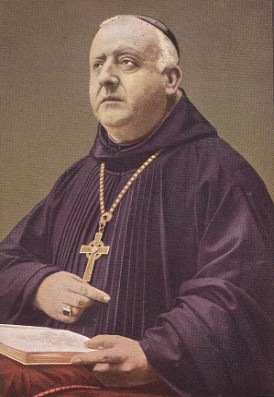
Thaddeus McCarthy was a bishop twice over, yet he never got the opportunity to properly govern his entrusted flock. Thaddeus was born into Irish nobility at Innishannon, Cork in 1455. He studied in France, and later served in a tribunal in Rome. He was appointed a bishop at only 27, an age that required a special dispensation from the pope. Unfortunately, this appointment proved a big blunder, as the diocese still had its former bishop, whom was presumed dead. Bishop McCarthy travelled back to Ireland with his official papal appointment papers, only to find bishop O’Driscoll still alive and governing the diocese. This did not go down well for either men. There was already bad blood between the McCarthy and the O’Driscoll families, and the existing bishop O’Driscoll took great offence to McCarthy’s claim as bishop. It was a big disappointment for Thaddeus McCarthy, and an embarrassment for Rome. O’Driscoll accused McCarthy of being an imposter, and Rome recognised a mistake had been made. McCarthy’s appointment was rescinded.
After eight years in limbo, and personal suffering which included later excommunication, Pope Innocent VIII finally brought McCarthy back to the fold. He gave McCarthy a second appointment as Bishop, this time of the diocese of Cloyne, in Cork. Justice having been finally secured, McCarthy travelled back to his new diocese, only to discover that a real imposter by the name of Fitzgerald had usurped his office. McCarthy tried to take possession of his cathedral, but was impeded by armed men who barred the entrance. McCarthy had to walk from town to town in his diocese, with proof of papal papers declaring him the real bishop. His own family wanted to help with arms, but Thaddeus refused their offer, as it seemed absurd to take up his seat through the use of violence. This caused a rift between him and the his own family.
McCarthy went back to Rome. This time he secured authorization for military support, as he sought to take possession of his diocese. However, on his homecoming to Ireland, he travelled as a pilgrim disguised as a pauper. The Bishop McCarthy was now 37 years old, and worn out from years of fighting to do what God had called him to do, and serve the diocese. Thaddeus died a pilgrim near Turin and was to be buried in a pauper’s grave, save for a supernatural act. A light emanated from his dead body… The local bishop was called, and he testified that he had dreamed of a bishop ascending into heaven. On examination of the body, they discovered his bishop’s ring. The result was that they buried him in the cathedral of Ivrea, near Turin. Many miracles have been associated with him ever since.
Blessed Thaddeus McCarthy never governed his diocese, nor ordained any priest. However, he did give his life for God, and is today known as the “White Martyr of Munster”, as he ultimately won him a pauper’s death crowned with glory. He is the model for those who may be discouraged by lack of success. It’s better to be faithful than to be successful. He has a recognised status of being Blessed by way of Cultus Confirmation; 26 August 1895 by Pope Leo XIII.
Bishop Thaddeus McCarthy died on 25th October in 1492.
 Blessed Columba Marmion
Blessed Columba Marmion